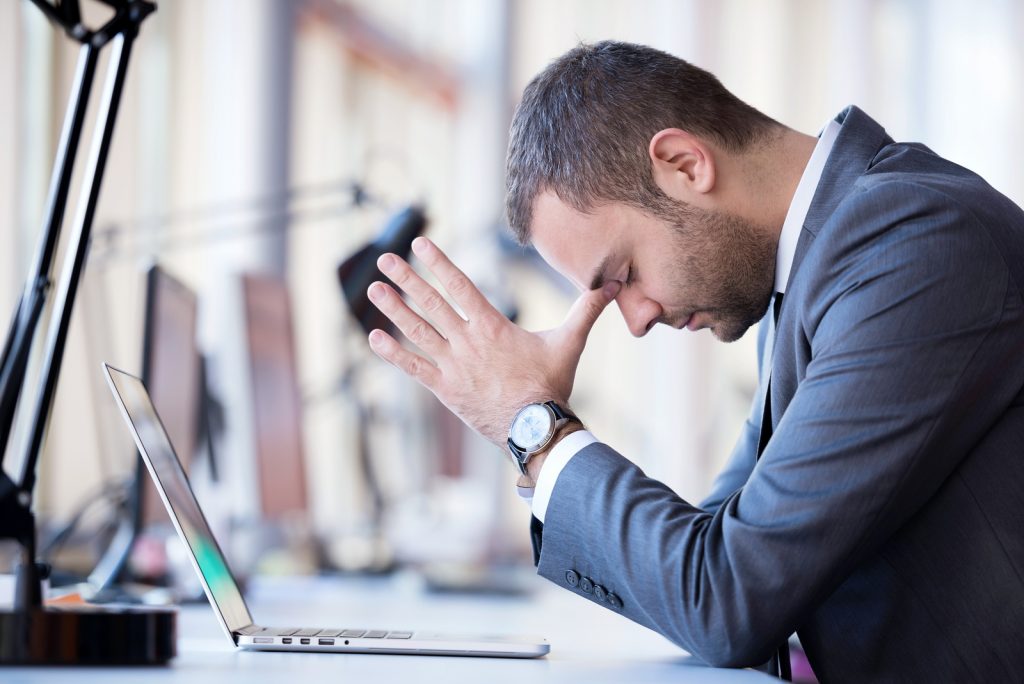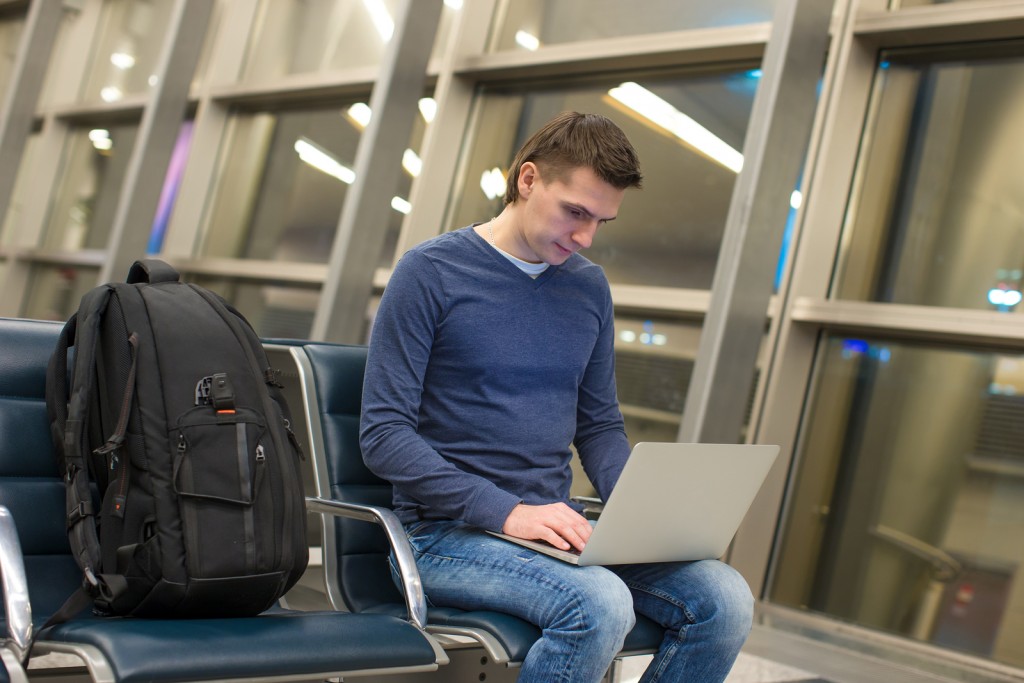The performance of your computer is linked directly to its battery life. Laptops give us the freedom to be mobile, but it’s a temporary freedom. Eventually, you need to return to the outlet and let your computer recharge. With our reliance on computers more prevalent than ever before, maximizing our battery usage is more crucial than ever before. If you’re trying to eek out a few more minutes before your laptop dies, here are some tips and strategies for extending your computer battery life.
Limit Use to Extend Computer Battery Life
You’re at the office and you’ve realized that you forgot your adapter at home. Or, perhaps you’re late to a meeting, or stuck in an airport, and there’s no available outlet for you to use. Either way, you need to scrape out the most battery life as possible. To start, limit your use in general. Don’t keep 15 tabs open in your browser if you’re only really using one or two. This cuts down on the amount of browser refreshing that will suck away precious seconds of computer battery life.

Disconnect or Close Anything Unnecessary
The first thing you can do is to close down or shut off anything you’re not using. For the sake of battery, disconnect your USB mouse when your trackpad will suffice. Turn off your Bluetooth, and disconnect any external hard drives that are non-essential with the functioning of your laptop or that are not currently in use. Cut your losses, so to speak, and stop the power flow to external devices in order to preserve more power for your battery.
This also applies to applications. If finishing your work is more important than listening to music, shut down Spotify or iTunes. And make sure that they are in fact shut down. With many applications, just because you close the window doesn’t mean you’ve quit the app. Often, the app will remain open in the background, and it will still draw power from your computer, even though you’re not actively using it. Make sure you keep open only what is necessary to the task you have to finish.
Use Energy or Battery Saving Mode
Laptops are designed with the notion in mind that they will one day be low on battery, but will still need to function for the user. Because of this, most will have an “energy saving” or “low battery” mode that you can turn on when such a situation arises to extend computer battery life. Enabling this mode will make your computer automatically function in a way that makes battery conservation its biggest priority. It will adjust its processing and functions to limit power usage.
Adjust Display Settings
That being said, there are a few things you may still have to adjust manually. For example, you can turn off your keyboard backlighting. Unless you’re in a dark room and you really can’t see, your keyboard backlighting is not absolutely necessary, and you can still use your laptop without it. In the same vein, turn your screen lighting down as much as you’re comfortable. Dimming your screen will consume less power, and save you some time.
You can also manually adjust your screen resolution. If your battery is low, but you need to finish writing a document, you don’t really need the full resolution your computer offers. Lowering the resolution also conserves more power.
Lastly, if you’re not using your sound, then turn off your computer’s volume. This cuts the power to the speakers. While it won’t save you a truly significant amount of time, every second counts.
Be careful not to let a dead battery sit uncharged for too long. If too much time passes, the battery may not charge even when an adapter is finally plugged in. If you’re experiencing problems and need to get your computer serviced, consult the professionals at Bay Computing and Consulting Services. We offer competitive rates for residential customers as well as for businesses. Contact us today with any questions about your computer repair needs.
